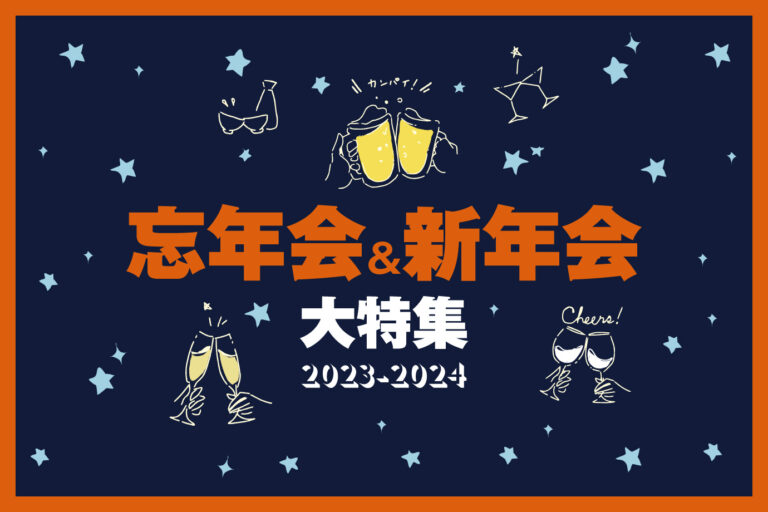
[2023]Cheers to Kyoto! Year-End & New Year's Party Special 20...
PR
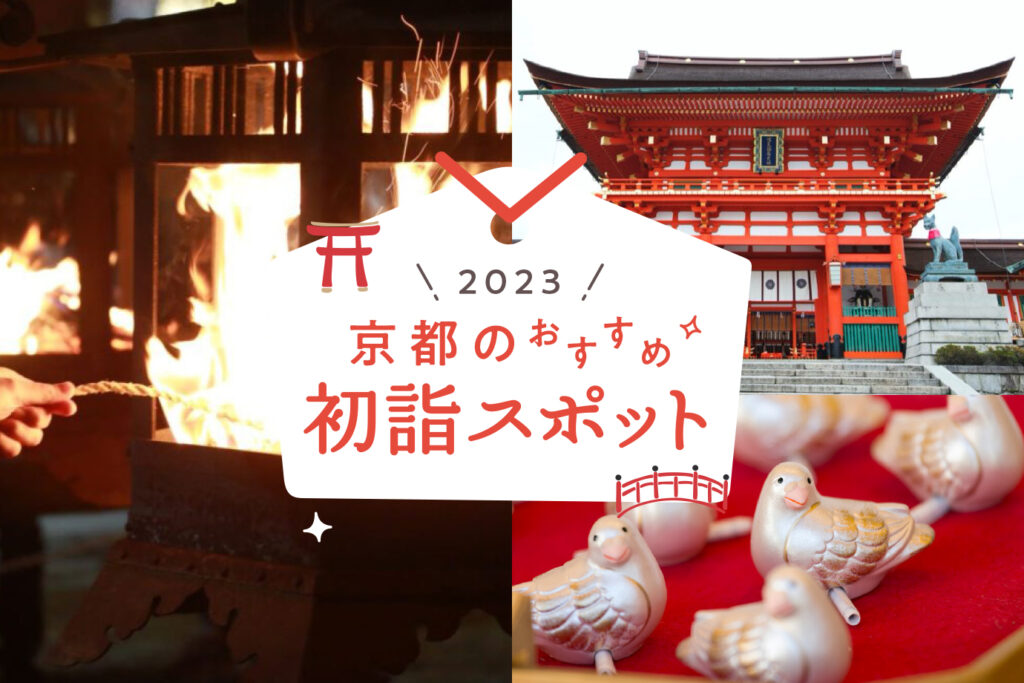

New Year's Day is coming soon. Why don't you make it a wonderful year by visiting Hatsumode? Here are some popular Hatsumode spots in Kyoto, as well as information on New Year's-only festivals and red seals!
Yasaka Shrine is the headquarter of the Gion faithful who pray for protection from bad luck.
The main deity "Susanoo-no-Mikoto" has been worshipped as a god to exorcise all kinds of misfortunes. The "Okeramairi," a year-end tradition in Kyoto, is a New Year's festival in which worshippers transfer the sacred fire, which is lit throughout the night from around 7:30 p.m. on New Year's Eve until early morning on New Year's Day, along with "Okeragi" on which people write their wishes, onto a fire rope and take it home with them. It is said that the fire rope, which is extinguished before leaving the shrine, should be displayed in the kitchen as a good luck charm against fire.
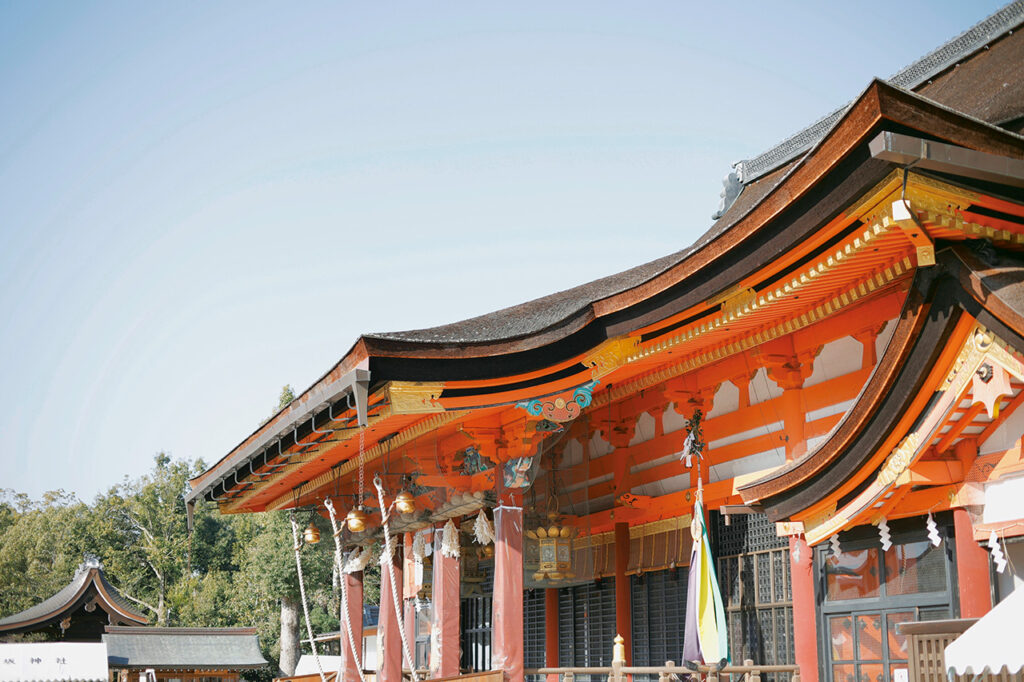

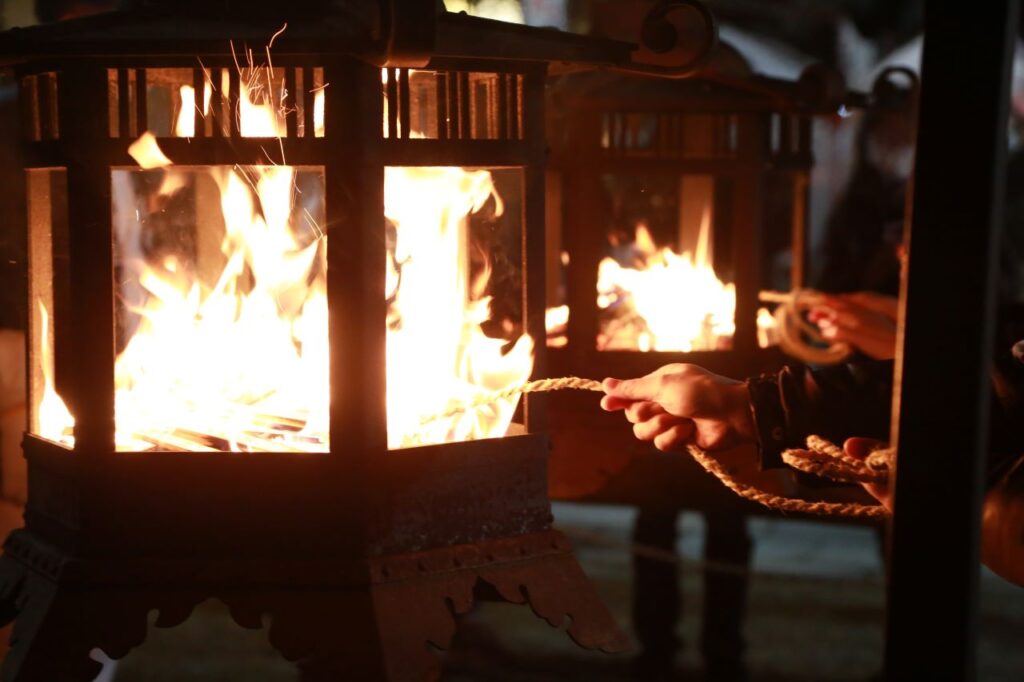
ritual visit to a temple in which a new servant has his first audience (at a shrine, temple shrine, etc.)

Heian Jingu Shrine was built to commemorate the 1,100th anniversary of the relocation of the capital to Heian, in order to pass on to future generations the legacy of the many people who accomplished the restoration of Kyoto.
The shrine pavilion is a five-eighths scale reproduction of Chodoin, the main building of the Heian-kyo Capital at the time when Emperor Kanmu, the deity of the shrine, founded the capital, allowing visitors to experience the scenery of Kyoto 1200 years ago. From New Year's Eve to New Year's Day, the gates are open all night and all the lanterns on the temple grounds are lit, creating a solemn and festive atmosphere. The temple is open all night long on New Year's Eve and New Year's Day, and all the lanterns are lit, creating a solemn and festive atmosphere.
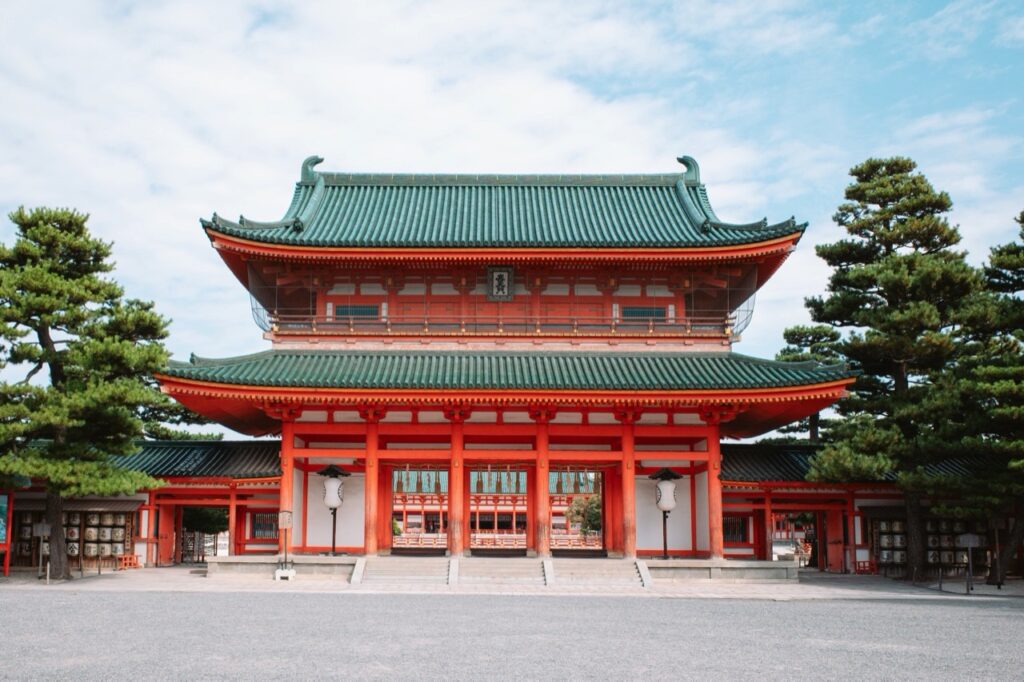

-1-1024x682.jpg)
Kamiya (large) 1,800 yen, (small) 1,500 yen / 1 red and white zodiac sign guard 1,500 yen

[Fushimi Inari Taisha is the head shrine of the Inari Shrines, which are said to number 30,000 throughout Japan.
As a shrine of common people's faith, people have long prayed for a good harvest. In recent years, it has also been worshipped as a god of business prosperity and family safety. The vermilion color of the main shrine and torii represents the fertility of Inari no Okami, and the white fox, the messenger of the god, is praised as "Byakko-san. Passing through the Senbon-torii gate and climbing Mt. Inari, you can enjoy a panoramic view of southern Kyoto, so make a pilgrimage to the mountain to bring in the year's luck.
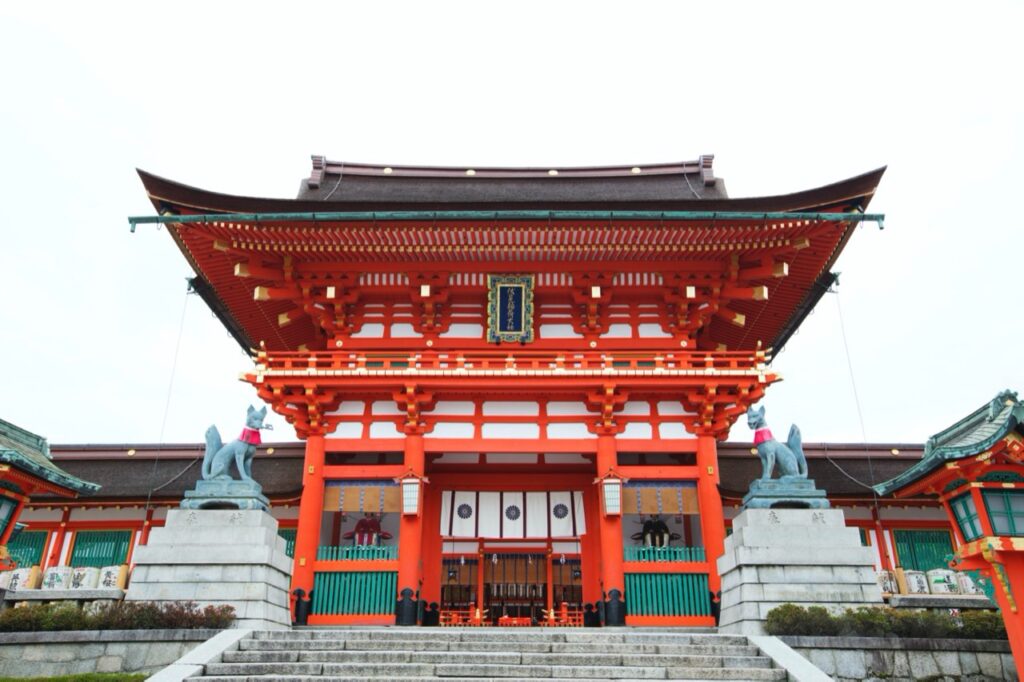

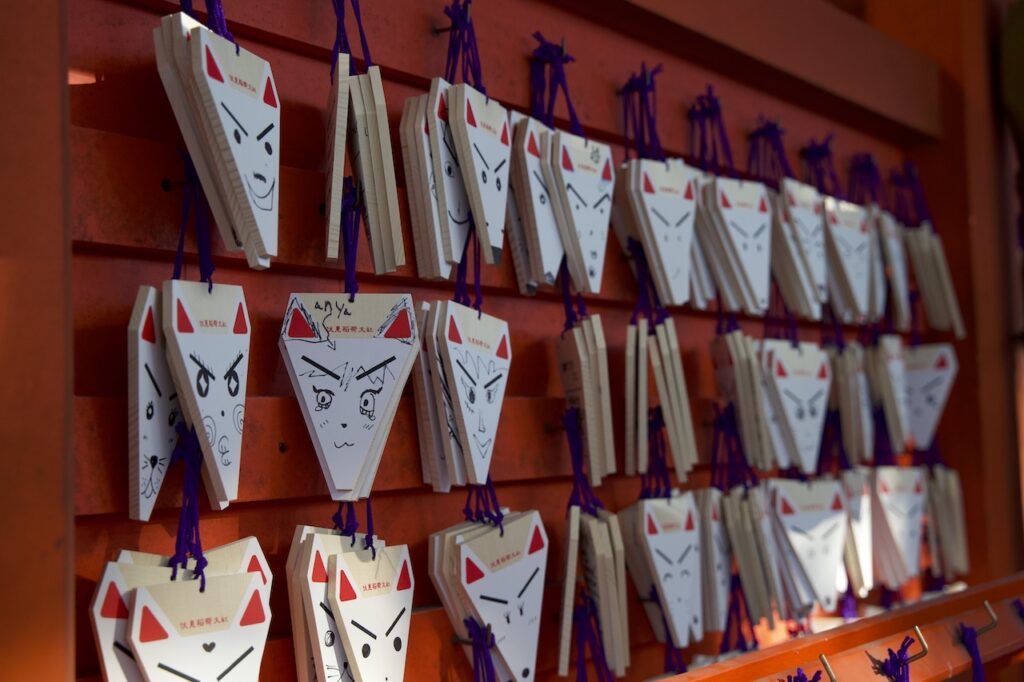
White Fox Ema" 800 yen for the first earning.

Kitano Tenmangu Shrine is the head shrine of about 12,000 Tenmangu and Tenjinsha shrines throughout Japan dedicated to Sugawara no Michizane (Lord Suga).
The shrine is widely known as the "god of learning" because of the outstanding achievements of Lord Suga as a poet and calligrapher. On January 2 of each year, a "brush-stroke ceremony" is held in memory of the deity and to pray for the improvement of calligraphy skills of those who are familiar with the art of writing. From January 2 to 4, the "Tenmasho" ceremony is held to pray for the improvement of calligraphy by starting the first calligraphy in front of the god. Let's calm our minds in front of the "god of learning" and hold the brush in our hands.
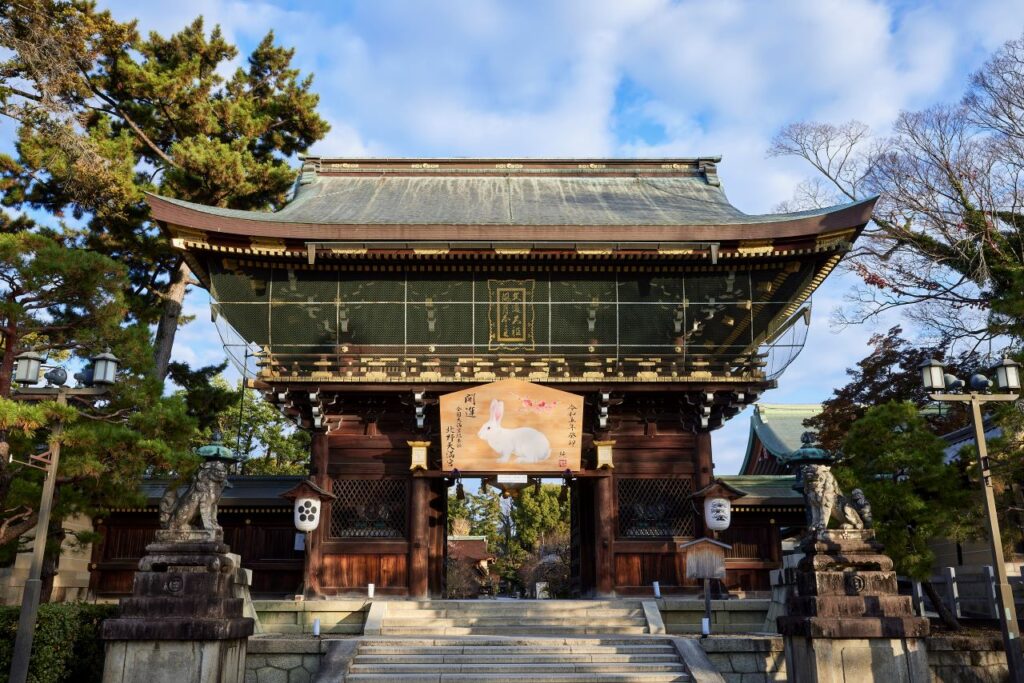
The tower gate decorated with ema (votive picture tablet) for the year of the rabbit

-1024x682.jpg)
Fortune ticket 500 yen

Shimogamo-jinja Shrine is known as "Shimogamo-san" because it is enshrined downstream from the Kamo River.
The shrine has a long history, dating back to 90 B.C., when the shrine's Zuigaki fence was repaired. During the Heian period (794-1185), the shrine was worshipped as a guardian deity of the country and the capital city, Kyoto. Every year on January 4, "kemari," a Japanese game of football, is dedicated to the shrine, allowing visitors to experience Kyoto's history firsthand. Ehime-mamori" made of colorful crape cloth and "Lace-mamori" with a beautiful delicate openwork pattern are among the many wonderful amulets offered.
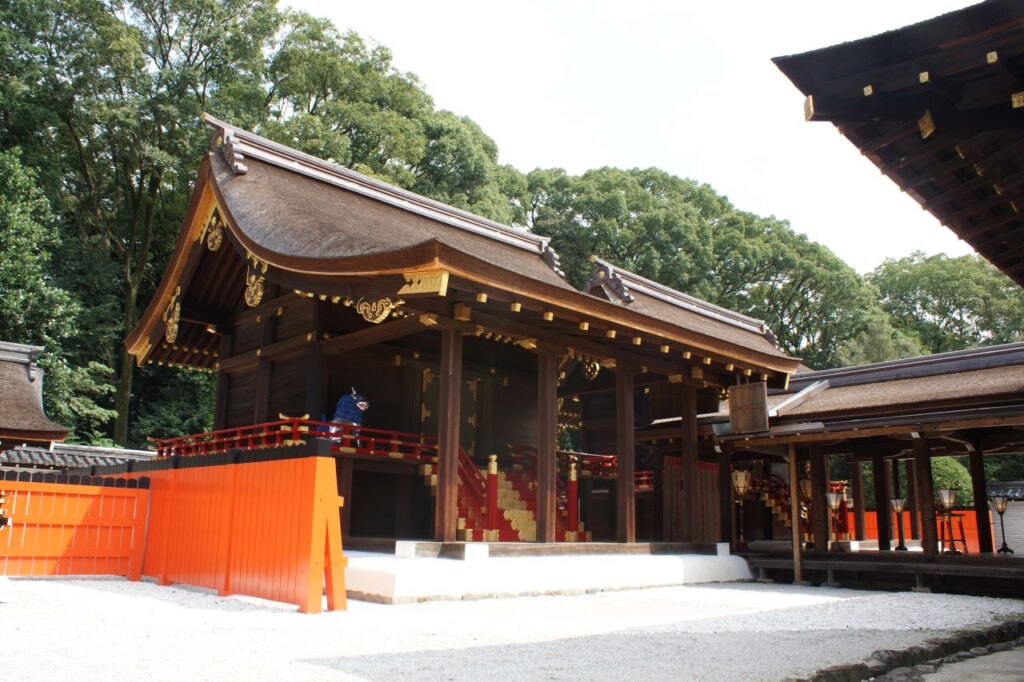

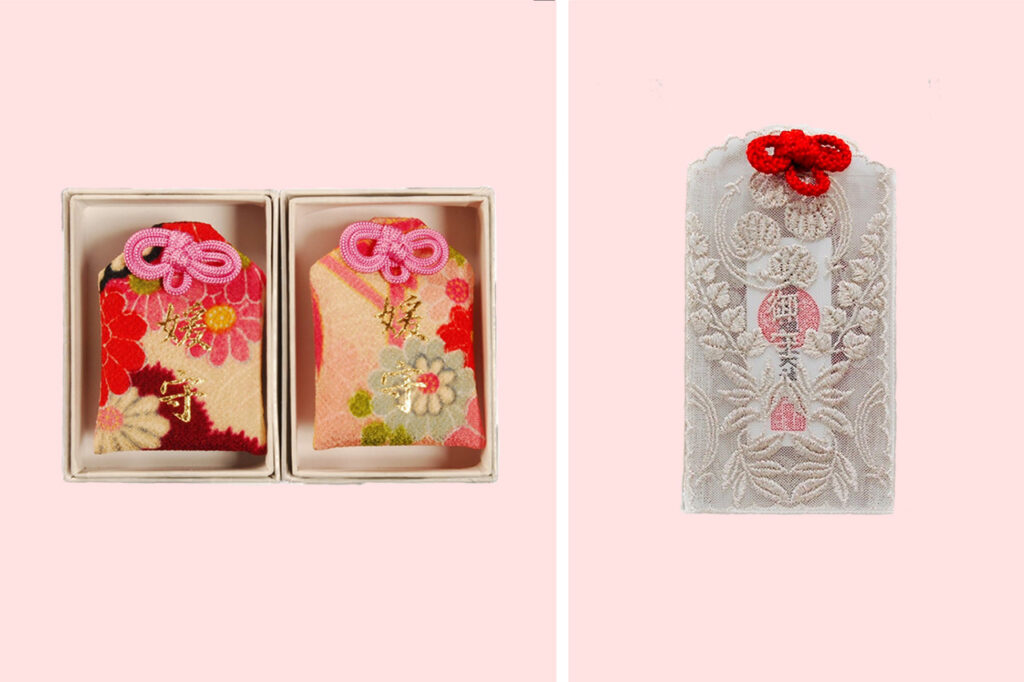
Ehime Mamoru 1000 yen / Race Mamoru 2000 yen

Since 859, Ishimizu Hachimangu Shrine has been located in Otokoyama, a strategic location for traffic between Kyoto and Namba, as the guardian deity of the capital.
The 10 main buildings and 3 munefuda were designated as National Treasures in 2016 as highly complete shrine architecture that retains the solemn shrine form and also features modern-style decorations. The dove, an emissary of the Hachiman-daijin, is also used as a omikuji, a written oracle. Try to divine your fortune for the year with the "Hato-mikuji" in the grounds of the shrine, which is steeped in history and splendor.
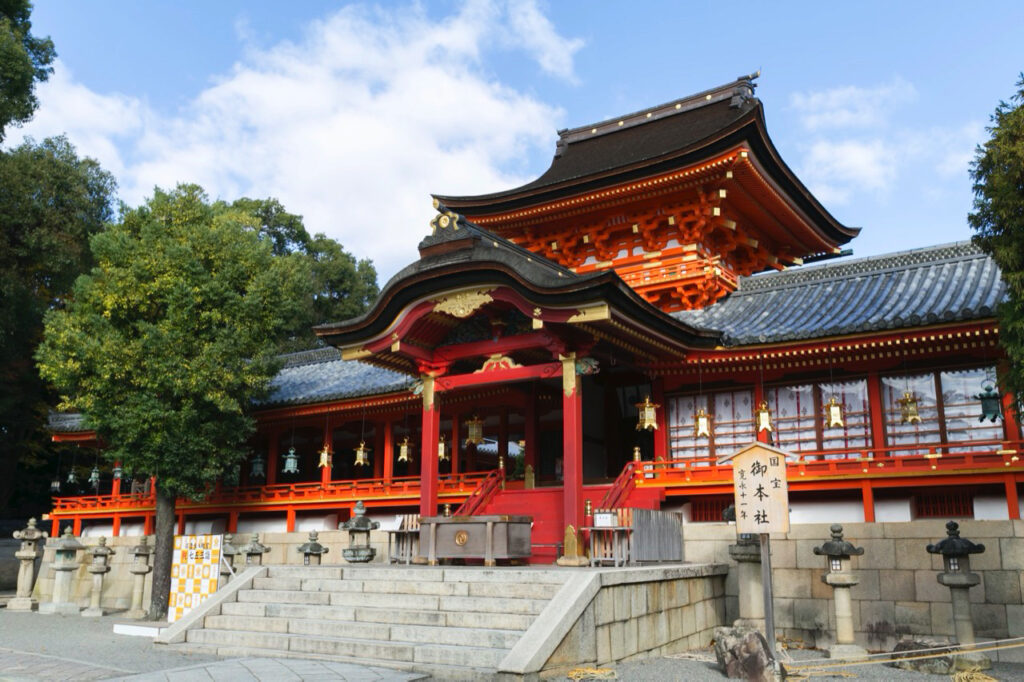

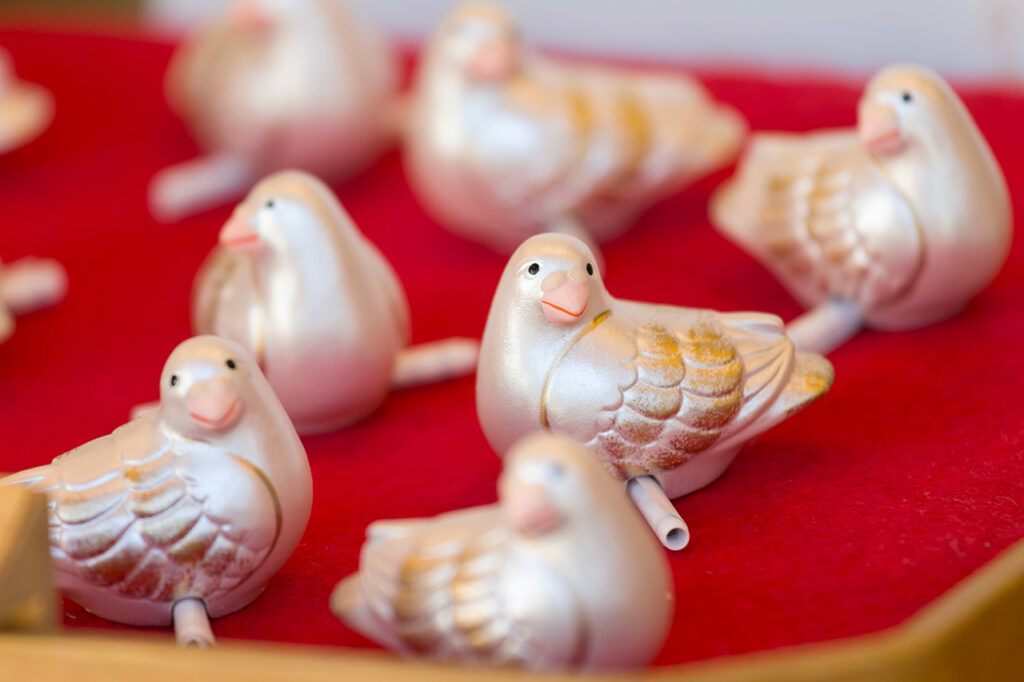
Dove fortune 500 yen

Seongnamgungu was built on the occasion of the transfer of the capital to Heian (794-1192), and has a 1,200-year history of wishing for the safety of the capital and the protection of the country.
The shrine has long been worshipped as a god of directional protection, and today it is widely believed to be a guardian deity of traffic safety, family happiness, prevention of misfortune, and safety in daily life. Choose from a variety of amulets such as the "Directional Protection Amulet" and the "Suzaku Amulet" to remove misfortune in the direction of your wish.
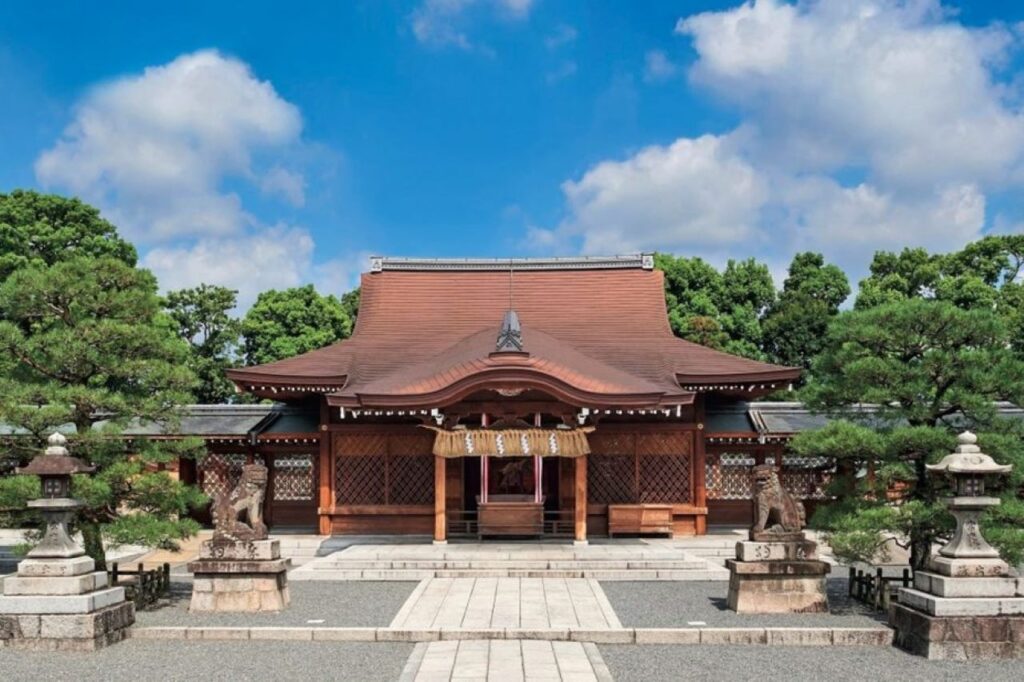

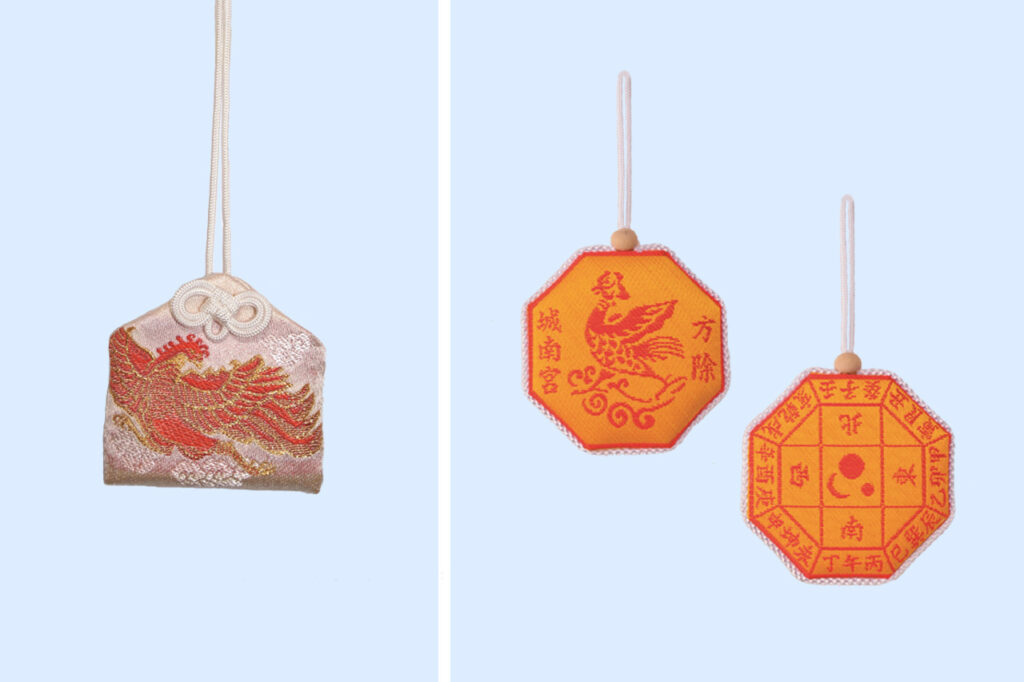
White charm (Suzaku) 1,000 yen (left) / Yellow charm (octagonal shape) 1,000 yen (right)

Over 600 interviews per year! An order site carefully selected by the editors who knows Kyoto and Shiga.
nowOfficial LINE friend registration500 yen OFF coupon is being issued!
 News
News Feature article
Feature article Featured event
Featured event